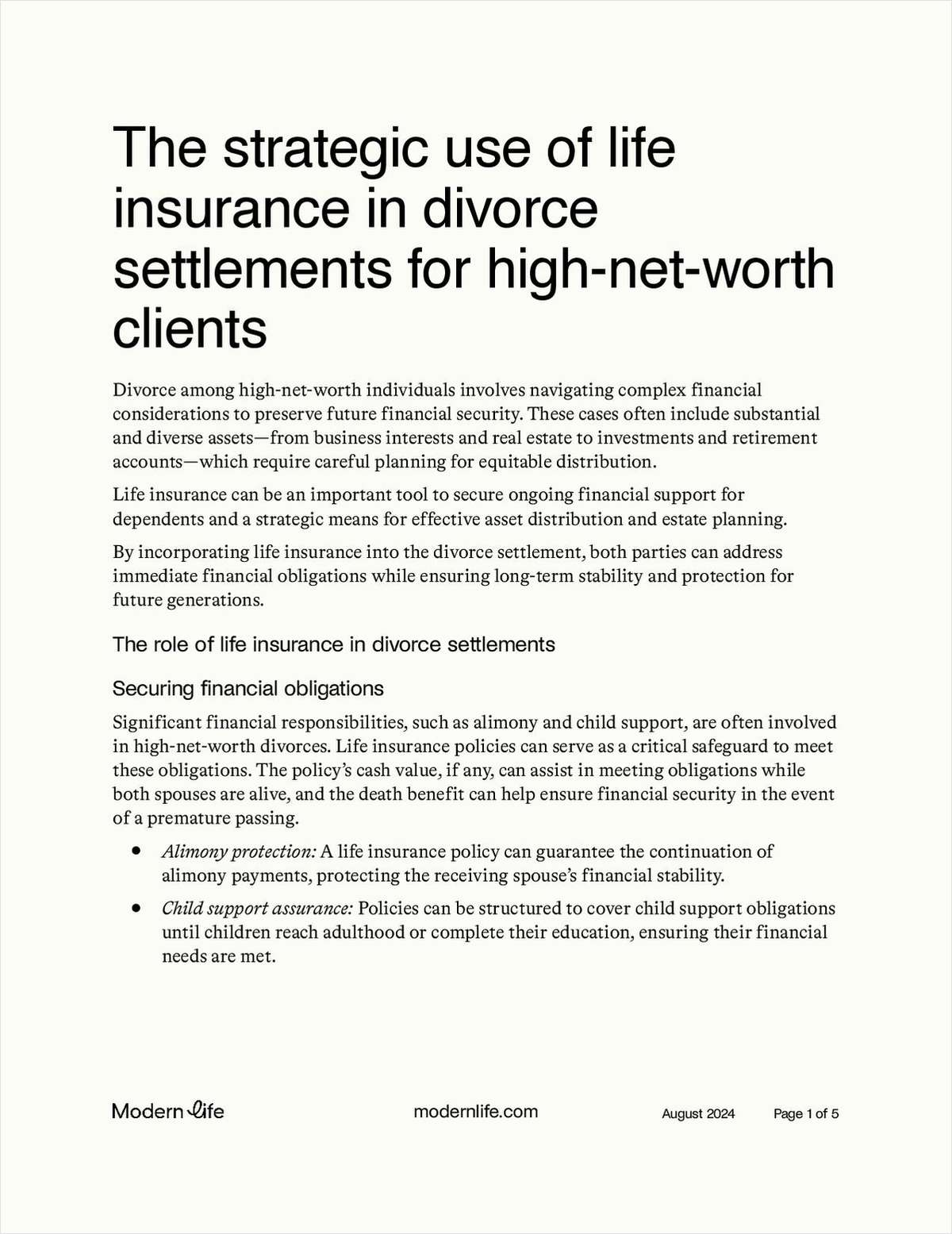At the summer meeting of the National Association of Insurance Commissioners here, life actuaries updated regulators on how far along the massive principles-based reserving project has come.
During the discussion, it was noted that a new NAIC policy on model laws was not expected to impact the project.
The multi-pronged effort to transition from a formulaic approach to a principles-based approach, which many maintain will more accurately reflect the reserves a company should be holding, includes efforts to incorporate work done on life risk-based capital, make changes to the standard valuation law, and create a valuation manual adopted by states so that needed changes could more easily be incorporated into individual state regulation.
Discussions included both more general practical considerations and technical updates, and timeframes for completion of different aspects of the project presented by the American Academy of Actuaries, Washington. The academy is coordinating the work of numerous working groups and actuaries to realize the completion of the PBR project.
A major practical consideration for getting the PBR project adopted in states was raised by Paul Graham, a life actuary representing the American Council of Life Insurers, Washington.
Graham emphasized the importance of getting PBR uniformly adopted in all states, an effort that regulators on the Life & Health Actuarial Task Force supported. One reason he cited was a requirement that the appointed actuary sign a statement that actuarial requirements are being met in all states in which the company is doing business. If there are 2 sets of actuarial requirements, 1 PBR and 1 formulaic, then it will be very difficult for the appointed actuary to certify that all states' requirements are being met, according to Graham.
There was also a discussion about having can do/must do effective dates as a way of phasing in PBR requirements.



